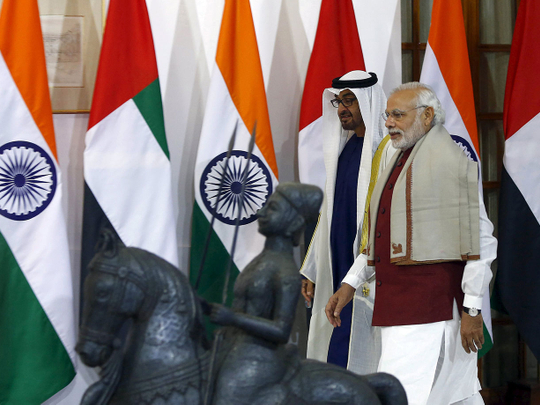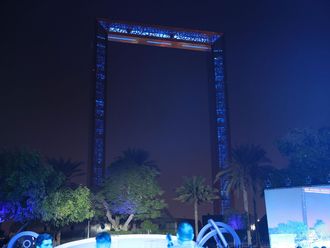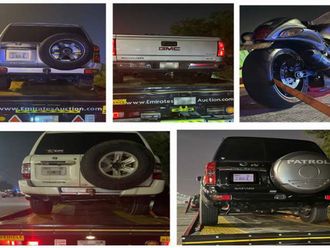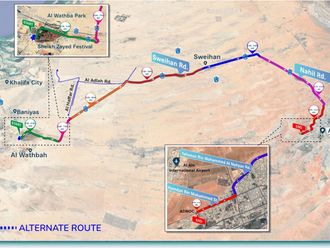
New Delhi: We arrived in New Delhi at 4am. On our way to the Taj Palace hotel, I noticed heavy fog.
“Is it really fog?” I asked the hotel’s receptionist.
He said, “no, it is pollution.”
Early that morning, the sun remained shrouded due to pollution. In Beijing too, we noticed the same problem when we accompanied His Highness Shaikh Mohammad Bin Zayed Al Nahyan, Abu Dhabi Crown Prince and Deputy Supreme Commander of the UAE Armed Forces, during his recent visit to China.
It clearly seems this is the problem in major Asian cities. Maybe it is the problem of metropolises like New Delhi and Beijing.
Thankfully, the reception we received at the hotel was unlike the weather. The fragrance of fresh flowers, the sight of those cheerful well-dressed receptionists with red vermilion dot on their foreheads and their warm smiles made us forget the tiredness of the flight.
After checking in, we headed to the 45-year-old Jawaharlal Nehru University in Delhi. It is not old enough, but still considered a landmark edifice in India.
Many great-minded people who have led subsequent governments in India have graduated from there.
Back to Delhi, I cannot describe the area, population, and buildings here. For those who want to know better about this big city, everything is available online.
As we saw while heading to the university, there are a number of non-crowded, clean and quiet neighbourhoods. On the way back, we came across crowded roads, poorly-maintained and overpopulated buildings. However, the city still operates with great harmony and tolerance unlike many similar major Arab cities.
In some places we saw road signs in Urdu written in Arabic alphabet, besides Hindi and English. It is not surprising to see areas having Islamic names as well, as India is a hub for the Indian-English cultures, as well as the Islamic-Moghul cultures.
India sets a fine example in religious and cultural harmony for the entire world as more than 1.2 billion people of various cultural, ethnic and ideological backgrounds live here side by side, nurturing what has become known as the largest democracy in the world.
India’s model of democracy is commendable. Therefore, India deserves cooperation in economic, environmental, educational, and cultural fields.
Shaikh Mohammad’s visit to India, where he was welcomed as a head of state, in a show of the importance of the visit and its subsequent deals, will certainly support these historical deep-rooted relations between the UAE and India.











